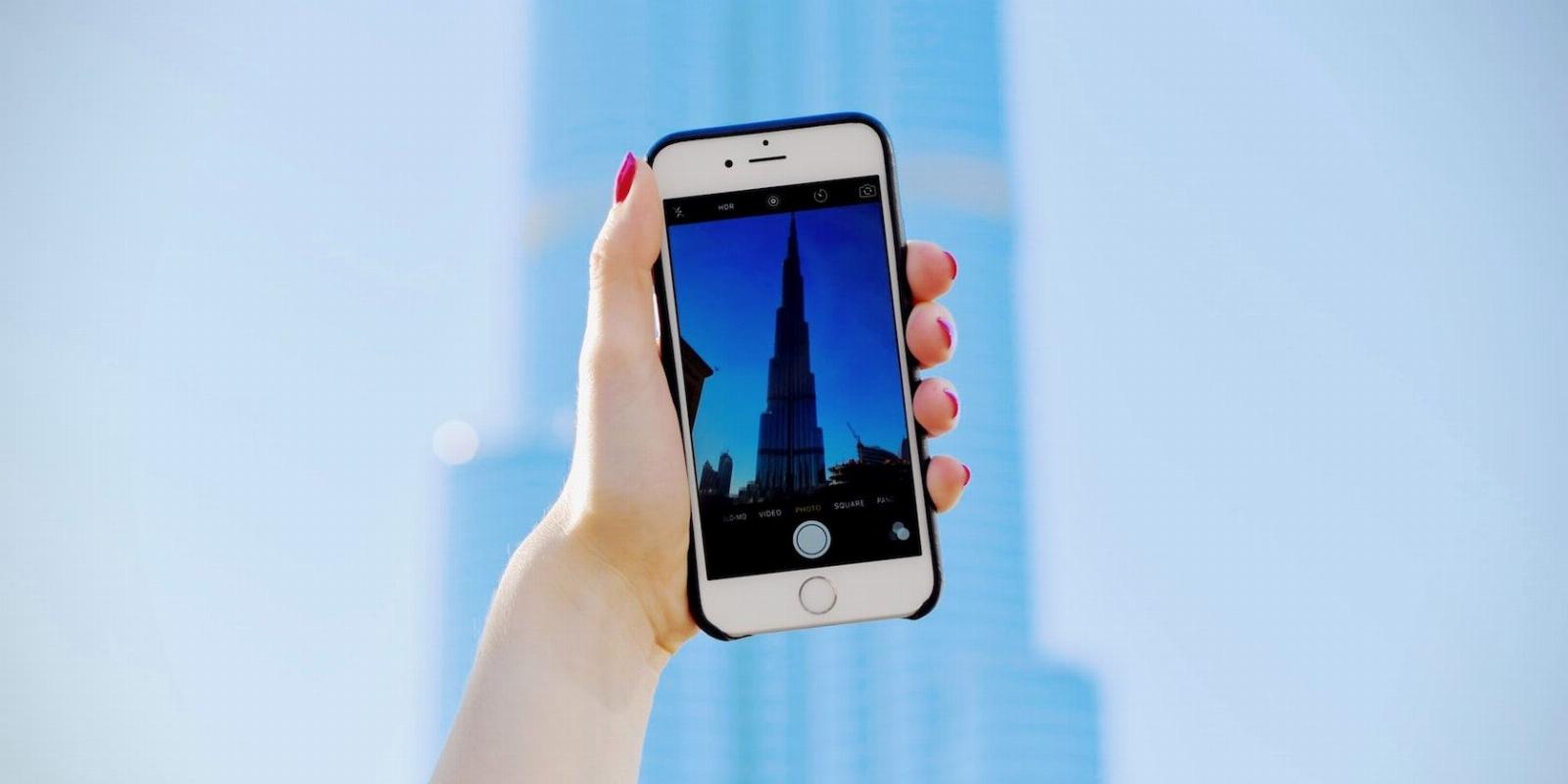
What Is Portrait Orientation in Photography?
Reading Time: 3 minutesAn essential yet overlooked aspect of photography is the orientation of the shot. Here’s what you need to know about shooting in portrait orientation.
Among the most basic things you need to learn in photography is portrait orientation. Knowing how and when to use it will help you on your way to becoming a confident photographer.
Besides explaining exactly what it is and how to set it up, we’ll point out a key difference between phone cameras and professional cameras when snapping in portrait orientation. On top of that, we have a few tips and tricks to help you take great photos in portrait orientation.
What Is Portrait Orientation?
Portrait orientation refers to when the longest edge of a photo is vertical. How you take a photo in portrait differs depending on whether you have a smartphone or a dedicated camera.
When you hold a smartphone in your hand, the natural orientation of the camera is in portrait. To be specific, it has a ratio of 2:3, meaning the width of the photo is shorter than the height. The longest side is vertical, making the photo look taller rather than wider.
However, when you hold a professional camera in your hands (e.g. an automatic point-and-shoot camera, a DSLR camera, or a 35 mm film camera) the natural orientation is landscape, which means the longest edge is horizontal.
As the name suggests, portrait orientation is commonly used to take portrait photographs of people. Naturally, it captures the human body well, since humans are taller than they are wide.
How to Set Up Your Camera
As we mentioned before, smartphone cameras are already in portrait orientation by default, so you don’t have to change the setup in any way.
On the other hand, if you’re using a digital camera, you need to rotate the camera body 90 degrees, either to the left or right. When you look at the preview screen or peer through the viewfinder, the longest edge of the photo should be vertical.
That’s all there is to it. While it is a fairly simple setup, we’ll look at a few extra tips and tricks that can help further on.
When to Use Portrait Orientation in Photography
Portrait orientation is great for capturing tall subjects like people, buildings, or plants. It’s especially useful for emphasizing lines in a composition that draw your eyes upwards.
In particular, when it comes to taking photos of people, portrait orientation helps to add context by showing what a person is wearing. Furthermore, it helps to convey emotion by letting us see a person’s body language.
There is no right or wrong when choosing when to use portrait orientation, and the decision is ultimately up to you. If you’re unsure, you can always take a picture in both portrait and landscape orientation, so you have the option to choose which one looks best later.
However, if you are new to photography and looking for a few helpful guidelines, there are some rules of composition that are worth considering.
Tips and Tricks for Shooting in Portrait Orientation
One important tip for taking portrait photos on a smartphone is to ensure you’re holding the phone straight and not at an angle. It’s easy to tilt the phone forward or back accidentally; doing this can cause the image to become weirdly distorted.
Taking portrait photos in low lighting can also be a challenge, and you will need to hold the camera very still to avoid taking a blurry photo. Using a tripod to hold the phone or camera will help avoid this problem and give you more time to arrange the picture how you like.
Once you feel comfortable taking photos in portrait orientation, you can start exploring different lenses. A lens with a wider aperture, for example, can help make your subject stand out by creating a blurred effect in the background while keeping the foreground in sharp focus.
For more tips, see our guide on how to choose the best lens for portrait photography.
Taking Photos in Portrait Orientation
Knowing when and how to use portrait orientation is one of the basics in photography and will help you take better pictures. Remember that smartphone cameras are set up in portrait orientation by default, while professional cameras are positioned in landscape. Adding a tripod to your setup can also give you more time to arrange your portrait photo just right.
Reference: https://www.makeuseof.com/what-is-portrait-orientation-photography/
Ref: makeuseof
MediaDownloader.net -> Free Online Video Downloader, Download Any Video From YouTube, VK, Vimeo, Twitter, Twitch, Tumblr, Tiktok, Telegram, TED, Streamable, Soundcloud, Snapchat, Share, Rumble, Reddit, PuhuTV, Pinterest, Periscope, Ok.ru, MxTakatak, Mixcloud, Mashable, LinkedIn, Likee, Kwai, Izlesene, Instagram, Imgur, IMDB, Ifunny, Gaana, Flickr, Febspot, Facebook, ESPN, Douyin, Dailymotion, Buzzfeed, BluTV, Blogger, Bitchute, Bilibili, Bandcamp, Akıllı, 9GAG